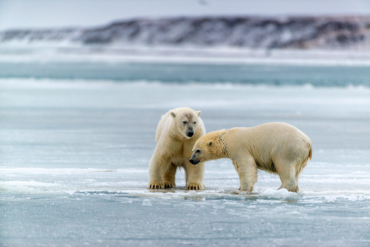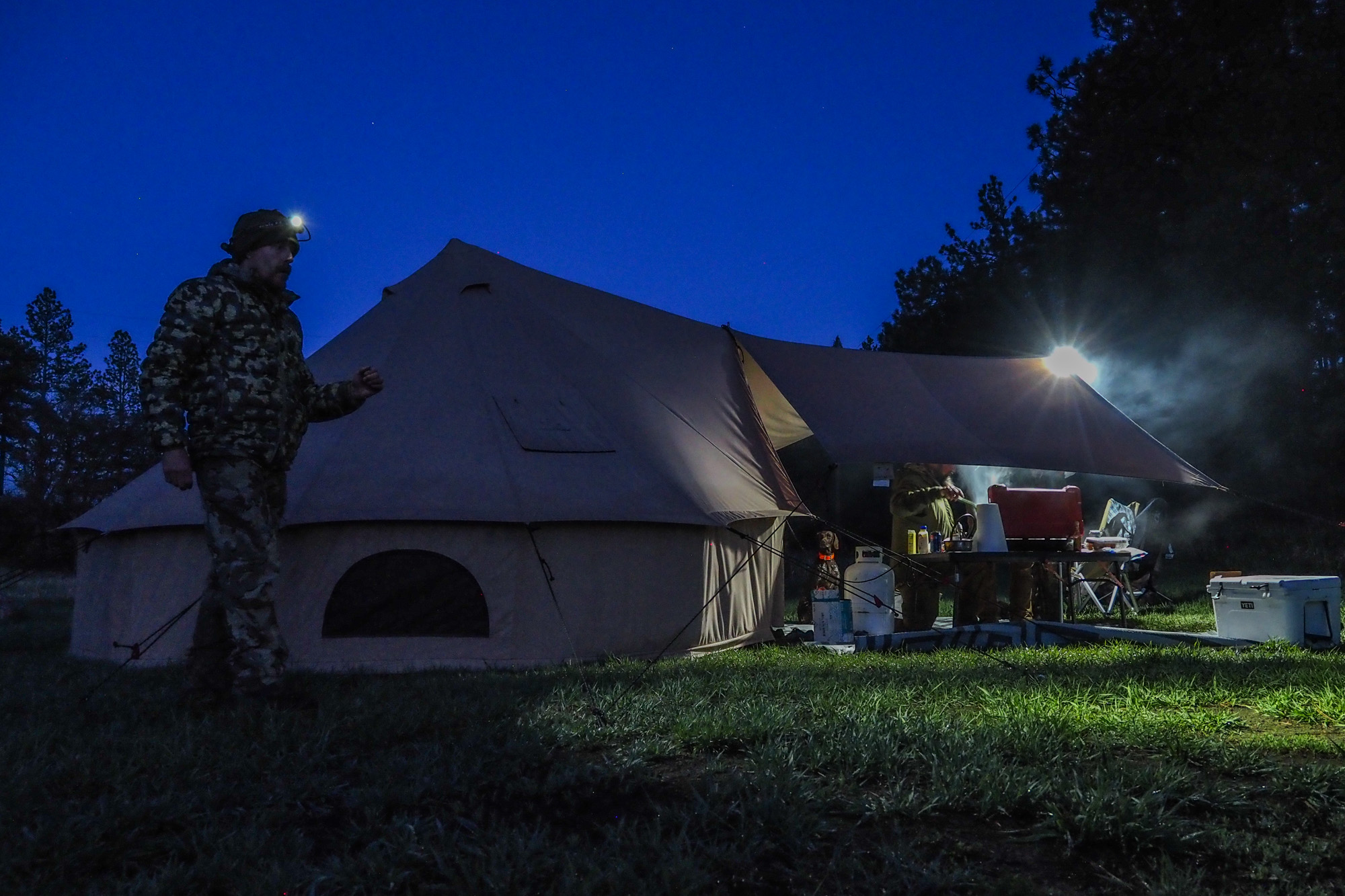After spending a decade cultivating the greenback cutthroat trout — first rediscovered in 2012 — state officials said the fish appears to be recovering.
Amid all the doom-and-gloom about the environment, a Colorado fish offers a bit of welcome good news.
After 8 decades of presumed extinction, the Rocky Mountain State’s official fish has been found reproducing on its own. The news follows a decade of effort to bring the greenback cutthroat trout back from the edge of extinction.
Wildlife officials had considered the fish extinct in 1937 when it succumbed to overfishing, pollution from mining, and competition from other trout species.
Then state officials found a wild population of the greenback cutthroat in Bear Creek in 2012. Colorado Parks and Wildlife (CPW) has been stocking the fish in other rivers throughout the state ever since.
Last week, the department found the first evidence that those efforts have paid off: greenback cutthroat trout have begun reproducing in Herman Gulch. It’s “one of the first places the agency stocked it in its native South Platte River drainage,” CPW said in a news release.
It’s a “huge breakthrough” for CPW’s aquatics team, the office of Gov. Jared Polis said Friday. Wildlife officials sounded even more ecstatic.
“It’s just great to see all the hard work everyone has put in to save these fish is starting to pay dividends,” said Kevin Rogers, CPW aquatics researcher who has devoted much of his career to rescuing the greenbacks. “This is just another affirmation that our conservation practices work and that we can save species on the brink.”

An Intense Conservation Effort
The 2012 discovery of a population of greenback cutthroat trout in a narrow tract of Bear Creek prompted a “massive effort” to help them thrive, officials said.
The event seeded the Greenback Recovery Team, a multi-agency group of state and federal aquatic researchers and biologists. They protected the 3.5-mile stretch of water, which at that time held the trout’s only known population.
They then developed a broodstock in a hatchery, creating a source of fish they could introduce to other suitable habitats.
In 2016, CPW officials began stocking young fish, or fry, in Herman Gulch, a branch of the South Platte near Denver. Although they stocked greenback fry in other streams, only the fish in Herman Gulch have reached adulthood and reproduced.
View this post on Instagram
Every summer since, Colorado officials have carried bags of live fry up steep mountain trails to get them to likely habitats. They also experimented with different ages and sizes over a 3-year period.
“The news of the natural reproduction of greenback cutthroat trout in Herman Gulch is truly monumental,” said Josh Nehring, CPW’s assistant aquatic section manager.

Never a Sure Bet
Even after the trout’s discovery in 2012, increased recreation and traffic threatened the health of its habitat.
Flash floods occurred. Invasive brook trout moved upstream. Wildfires erupted in forests nearby. The foot and vehicle traffic siphoned more sediment into the waterway.
Yet officials repeatedly protected the trout’s environment from ongoing threats. CPW even used underwater cameras to monitor the population through “less stressful techniques.”
When officials found greenbacks up to 12 inches long, as well as fry, in Herman Gulch, they were overjoyed.
“Our team of field technicians literally high-fived right there in the stream when we captured that first fry that was spawned this year,” said Boyd Wright, an aquatic biologist in Fort Collins. “When moments later we captured a one year old fish produced in 2021, we were truly beside ourselves.”
Officials hope to find more positive signs of the fish’s comeback in the coming years.








